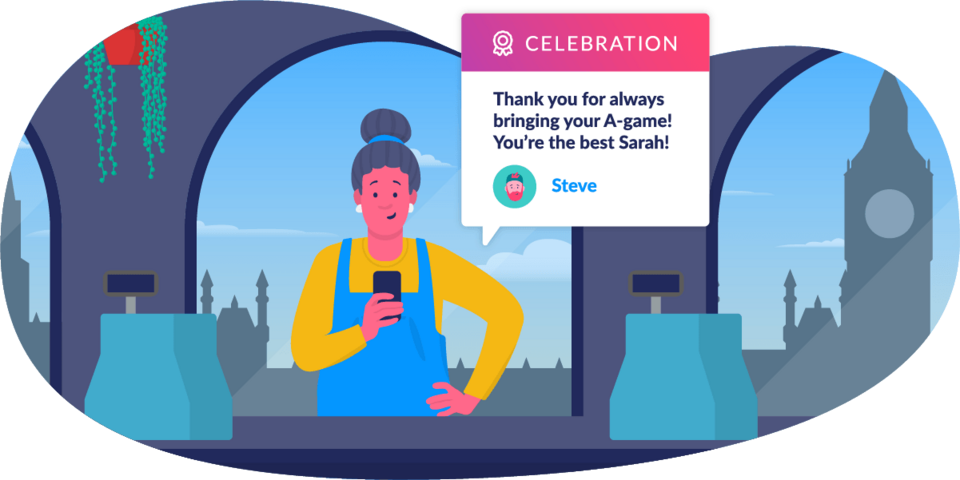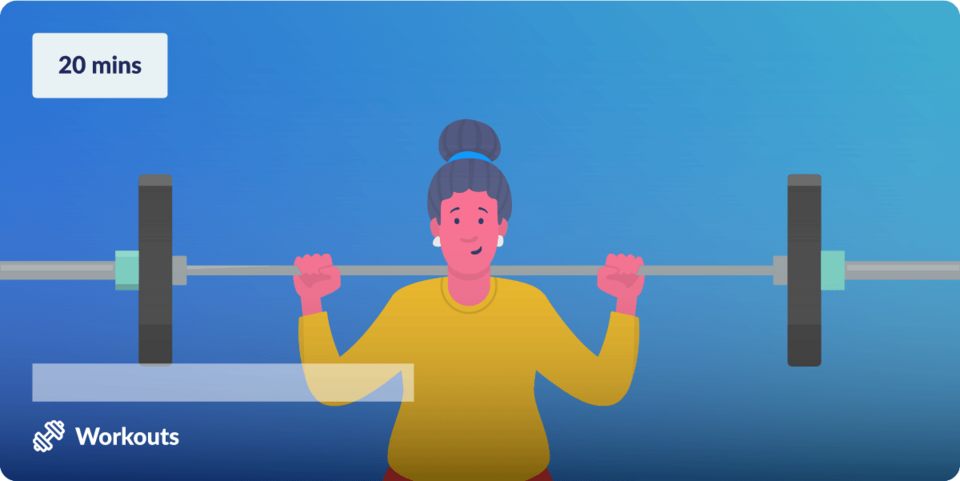The 6 employee life cycle stages
The employee lifecycle method is composed of six stages. Each stage represents where someone is on their employee journey with you.
The stages are:
1. The employee attraction stage
One way to attract new talent to your company is to develop a strong employer brand. When a company has a great reputation, good news travels fast. Examples of companies who everyone wants to work for include Google, Microsoft, and Adobe. But these companies didn’t achieve a mass following overnight. No, they've been refining and investing in their employee experience and employer brand for many years.
Obviously, given the size of these companies, they do have more money to invest in their people. However, smaller companies can attract local talent by demonstrating their employees are valued and cared for. You don’t need nap pods and onsite spas to do this. Simply meeting your employees’ needs and treating them with the respect they deserve is enough.
Attraction stage tips at a glance:
- Level up your brand awareness: You can do this by contributing to trade magazines and networking.
- Create a best-in-class culture: Inspire employees to be brand ambassadors by treating them well.
- Offer a competitive benefits package: Research what similar companies are offering and try to match them — or offer something similar at the very least.
![Employees sitting together during a team meeting or interview]()
2. The employee recruitment stage
Finding the best talent is a growing challenge for a lot of businesses. More roles require specific experience that few people have and candidates with these sought-after skills are in high demand. This also places even more pressure on HR professionals to deliver both accurate and compelling job descriptions to get the best candidates through the door.
A common mistake organisations make is failing to recognise the potential of asking their current employees for referrals. Often, the people recommended have a proven track record of success at other companies. However, you may need to consider some referrals with caution, as you could unintentionally create a situation where a lot of people in a team know each other personally.
Recruitment stage tips at a glance:
- Find out what recruitment platforms work best: This may take some trial and error, but if you’re not having much luck with some platforms, consider switching.
- Be specific when writing job adverts: Don’t be afraid of casting too small of a net, a few good candidates are better than a lot of unsuitable prospects.
- Include current employees in the recruitment process: This can be either asking for their advice on CVs or inviting them as extra support during interviews.
3. The employee onboarding stage
The onboarding process should always be easy and efficient. After all, you want to make the best impression possible in an employee’s first few days. During the onboarding stage, your new employee should be gently exposed to their role in more detail. At this point, they’ll gain a deeper understanding of how their knowledge and skills apply to individual jobs.
New employees, even ones that appear to be excelling in their first few weeks still need support. So it’s important to outline your expectations early and schedule any follow-ups. Don’t forget, at this stage, you should also describe what your company values are and the behaviours that drive your business forward. When your employees understand how their actions support your goals and mission, they’ll share your vision of success and have a better employee experience.
Onboarding stage tips at a glance:
- Schedule introductory meetings: These don’t need to be work-related. A good introduction to key team members on a social level will help new starters feel comfortable.
- Schedule follow-up sessions: New hires can be very adaptable, but don’t forget they may still need help. If they’re left adrift it isn’t a great employee experience.
- Outline your mission statement and values: Making these clear from the beginning will help them understand the behaviours you value.
![Hiring manager smiling while there is an office full of blurry people behind her]()
4. The employee development stage
Providing your teams with ongoing professional development opportunities increases both job satisfaction and retention. Development can take many forms, ranging from internal training programmes to external qualifications. When you encourage external learning, or take an interest in your teams' career aspirations it shows you value them — which in turn makes for a great employee experience.
Unsurprisingly, employees who receive professional development opportunities are also 15% more engaged than those who don’t.1 Additionally, companies with a learning culture tend to follow the principle of learning early and often.
When employees are stuck in the same role with the same responsibility for too long their motivation wanes and disengagement behaviours increase. But, by consistently topping up their skills, you're nurturing their talent from the beginning, which keeps them focussing on their future career path with you.
Development stage tips at a glance:
- Understand their current skill set: You could openly discuss development goals in one-to-one sessions.
- Make learning rewarding: If employees are upskilling in their own time or are studying an internal course, reward them when they complete a milestone.
- Encourage learning: When employees have some responsibility for their own development, they may engage better with the learning material.
![Two female employees smiling at each other during a productive 1-1 employee development meeting]()
5. The employee retention stage
The retention stage — financially speaking — is the most crucial part of the employee life cycle model. We all know losing talent is costly. A good rule of thumb to calculate how much, is to think about turnover costing a third of an annual salary.2 So, if someone has an annual salary of £45,000, it could cost around £15,000 to replace them.
Why is this figure so high? Well, recruitment fees usually account for a considerable chunk of this amount. But, you also need to think about any downtime between the person leaving and their replacement joining. Not to mention any dips in productivity while the new hire is finding their feet.
It’s during the retention stage when a positive culture begins to earn back the time and effort put into nurturing it. Companies who have the highest retention rates make culture a priority and understand their teams are people, not just employee numbers. Simply put, if you want to keep people working for you, you need to develop an emotional connection with them, not just a financial one.
Employee retention stage tips at a glance:
- Hire the most suitable people: To prevent new joiners from leaving prematurely, always ensure your job descriptions are accurate.
- Be open and honest: Companies who actively gather employee feedback, know what their employees value and aren’t afraid of owning their mistakes.
- Use data and feedback to gauge employee engagement: Measuring employee engagement through things like surveys, as well as getting feedback from them via dedicated sessions or town halls, will give you an indication of how happy your teams are.













Share